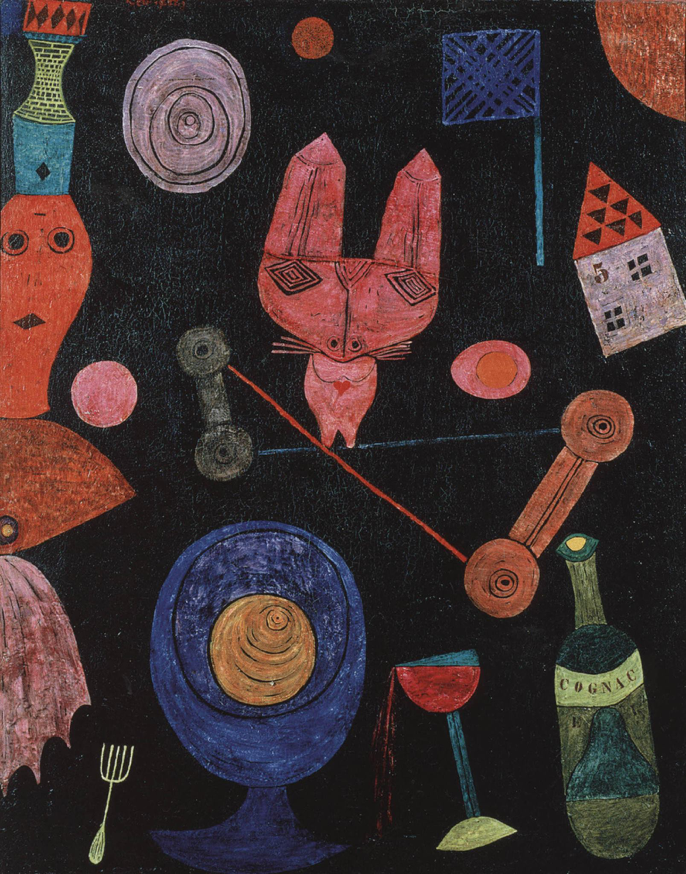Nature is everywhere. Just about everyone has a garden, park, forest, beach or even roundabout. And every ´green´ no matter how crude or sophisticated, comes equipped with all the elements of primal poetry: food, objects, wine and other human beings.
This is a story tracing back the significance of dining alfresco, the most common way of gathering, eating and spending time together in nature.
It began as us wishing to cover a lot of art and architecture in our dialogue about Picnic. This is a moment in art history when a professional practice appears to be confronting its most complex and confounding challenges.
But it seems like the Picnic theme in arts operates beyond, quote, unquote, contemporary art, an expression we seem to fancy using throughout the centuries. Or any other definition actually, as by attempting to define the art of picnicking, it’s easy to realise how much it is in constant evolution, always in motion, permanently escaping any boxes you would like to put this practice in—‘a kaleidoscopic’. Lea Russ, who kindly put me in touch with the theme, also opens her collection with an introduction by stating, ‘with Picnic we freed ourselves from prejudice and easy labelling’.

The Harvesters is an oil paining on wood completed by Pieter Brugel the Elder in 1565. the viewer is transported to a hot summer day in the Netherlands. It depicts the harvest time in the months of July and August. As in many of his paintings, the focus is on peasants and their work and does not have the religious themes common in landscape works of the time.Notably, some of the peasants are shown eating while others are harvesting wheat, a depiction of both the production and consumption of food.

This great painting introduces a theme the impressionists would love – the bourgeois picnic – but with a tough irony all its own. Manet deliberately evokes Renaissance paintings of sensual leisure – but updates the idyll to show bohemian gents of his own class accompanied by women who may be prostitutes. It's a raw blast of reality disguised as a rustic fantasy. This picnic bites back. In those days, Manet's style and treatment were considered as shocking as the subject itself. He made no transition between the light and dark elements of the picture, abandoning the usual subtle gradations in favour of brutal contrasts, thereby drawing reproaches for his "mania for seeing in blocks". And the characters seem to fit uncomfortably in the sketchy background of woods from which Manet has deliberately excluded both depth and perspective. Le déjeuner sur l'herbe - testimony to Manet's refusal to conform to convention and his initiation of a new freedom from traditional subjects and modes of representation - can perhaps be considered as the departure point for Modern Art.

Fernando Botero Angulo is a Colombian figurative artist and sculptor, born in Medellin. His signature style, also known as "Boterismo", depicts people and figures in large, exaggerated volume, which can represent political criticism or humor, depending on the piece. He is considered the most recognized and quoted living artist from Latin America.
While his work includes still-lifes and landscapes , Botero has concentrated on situational portraiture. His paintings and sculptures are united by their proportionally exaggerated, or "fat" figures, as he once referred to them.
Though he spends only one month a year in Colombia, he considers himself the "most Colombian artist living", due to his isolation from the international trends of the art world

Beauford Delaney was an American modernist painter. He is remembered for his work with the Harlem Renaissance the 1930s and 1940s, as well as his later works in abstract expressionism following his move to Paris in the 1950s.
This painting is one of Delaney's most prominent early works.
Critics have described it as a statement of Delaney's intentions as a modernist painter, departing from a realist approach to embrace a more evocative and emotional style which went on to characterise his life's work. Stylistically, this painting is reminiscent of Post-Impressionist artists, not only in the earthy color palette but also in the ideas of the spiritual and the "primitive" in nature.
It is described by the Smithsonian American Art Museum as a "disturbingly contemporary vignette [which] conveys a legacy of deprivation linked not only to the Depression years after 1929 but also to the longstanding disenfranchisement of black Americans, portrayed here as social outcasts...." Delaney's combined sense of picnic celebration and melancholy in his portrayals of the African American community contribute a profound statement to the Harlem Renaissance.


